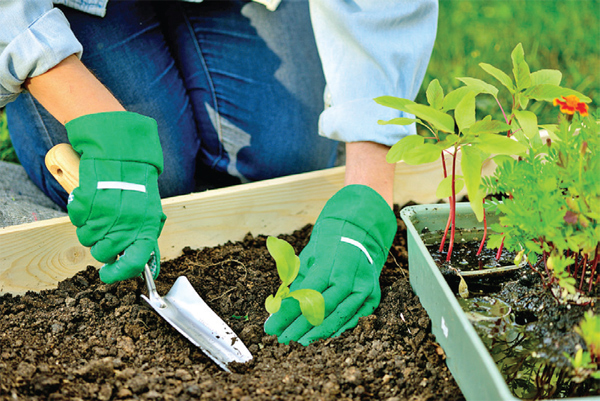The most important details in this text are the importance of partial shade in organic vegetable farming, the five areas of study in horticulture, and the process from crop production to marketing. Partial shade is essential for organic vegetables, as they need to be protected as plants and cared for to yield a good crop. It is advised to have 30% shadow in northern and coastal climates and between 47% and 50% shade in hot and summer-like regions. Light cover can reduce the leaves' surface temperature by up to 10% and improve the quality of veggies like lettuce, arugula, mustard greens, and mesclun mix. Shade reduces the soil's warmth by three to six degrees Fahrenheit, making it beneficial for soil-grown veggies like spinach, cabbage, mustard greens, broccoli, chard, radishes, and turnips.
To create shade tents, you can use sturdy plastic tubing with a width of 1/2 or 3/4 inch, bamboo or rebar spikes, and a shade fabric. To ensure the cloth stays in position, clip it at the tubing. If you enjoy organic veggie gardening, you can create partial shade by simply following the instructions above.
Why is it essential to grow organic vegetables in partial shade? And how can one create such shade? And is the growth of your food really necessary?
Gardeners are aware that the shade is just as essential to their work as the sun is. This is particularly true if you enjoy growing vegetables organically. What plant you want to produce relies on how much sun it receives and whether it needs to be in the shade. However, a gardener will produce superior results if they first fully understand the plant and its requirements.
The primary duty of an organic farmer is to be in harmony with nature and in touch with their product. Due to the holistic strategy used in this type of gardening, where the farmer is completely reliant on themselves and the natural world, you must first be prepared to be patient and diligent before you can even consider getting started.
Sustainable gardening
The Latin terms hortus, which means garden plant, and cultura, which means culture, are the origin of the word horticulture. Planting and growing fruits, veggies, flowers, and even ornamental plants is both an art and a science.
There are five areas of study in horticulture: floriculture, which deals with flowering plants, landscape horticulture, pomology, which deals with fruits, and postharvest physiology, which deals with keeping the harvested goods fresh and preventing them from rotting rapidly.
If you enjoy vegetable gardening, you may be interested in olericulture, the fifth field of horticulture study, as it addresses the process from crop production to marketing.
Light Cover
You might be aware that a plant requires soil, sunlight, and water to survive. However, you should also be aware that it requires shade, particularly the vegetables, as they need to be protected as plants as well as cared for to yield a good crop.
In organic veggie gardening, the leaves' surface temperature can be reduced by up to 10% by exposing the plants to a range of 30 to 50% shade. It is advised to have 30% shadow in northern and coastal climates and between 47% and 50% shade in hot and summer-like regions.
The aforementioned actions would improve the quality of veggies like lettuce, arugula, mustard greens, and mesclun mix.
Additionally, the shade reduces the soil's warmth by three to six degrees Fahrenheit. This will be advantageous for soil-grown veggies like spinach, cabbage, mustard greens, broccoli, chard, radishes, and turnips. This is due to the fact that these plants will grow more readily at soil temperatures below 80 degrees Fahrenheit.
Parasol Shelter
Additionally, you can give your seedlings their own homemade tents. This will be especially helpful if you have a large crop and can't tend to each plant individually by putting a piece of cloth as shade on top of each one.
You would need sturdy plastic tubing with a width of about 1/2 or 3/4 inch to make a shade tent. Just long enough for it to rise a foot above your crops, cut this tubing into 6-foot lengths. Place a bamboo or rebar spike every 18 inches or so for each arch you've created. Place these in the earth so that each stake is visible for about 10 inches on either side of the plant bed. Now you can bow your tubing by moving its ends at the stakes.
Once the foundation is set, you can cover the arches with a shade fabric to create a bed for the plants. To ensure that the cloth stays in position, clip it at the tubing.
Remember, if you enjoy organic veggie gardening, you can create partial shade by simply following the instructions above.


















0 komentar:
Posting Komentar